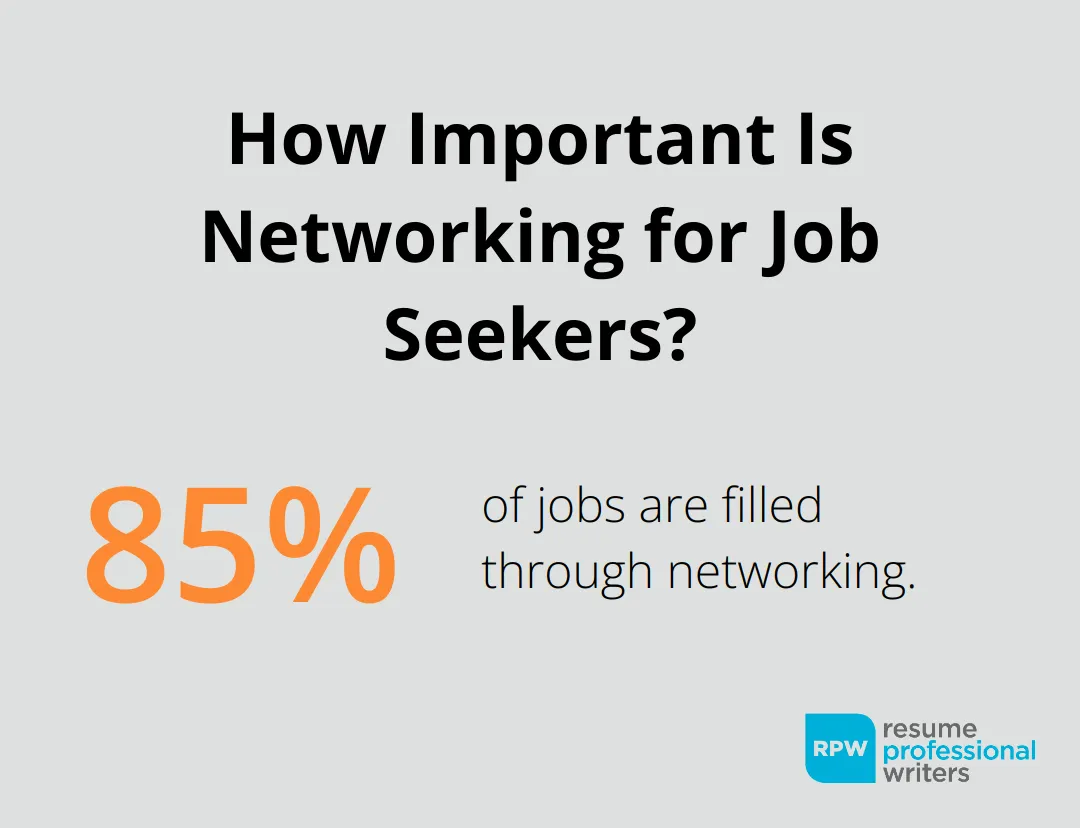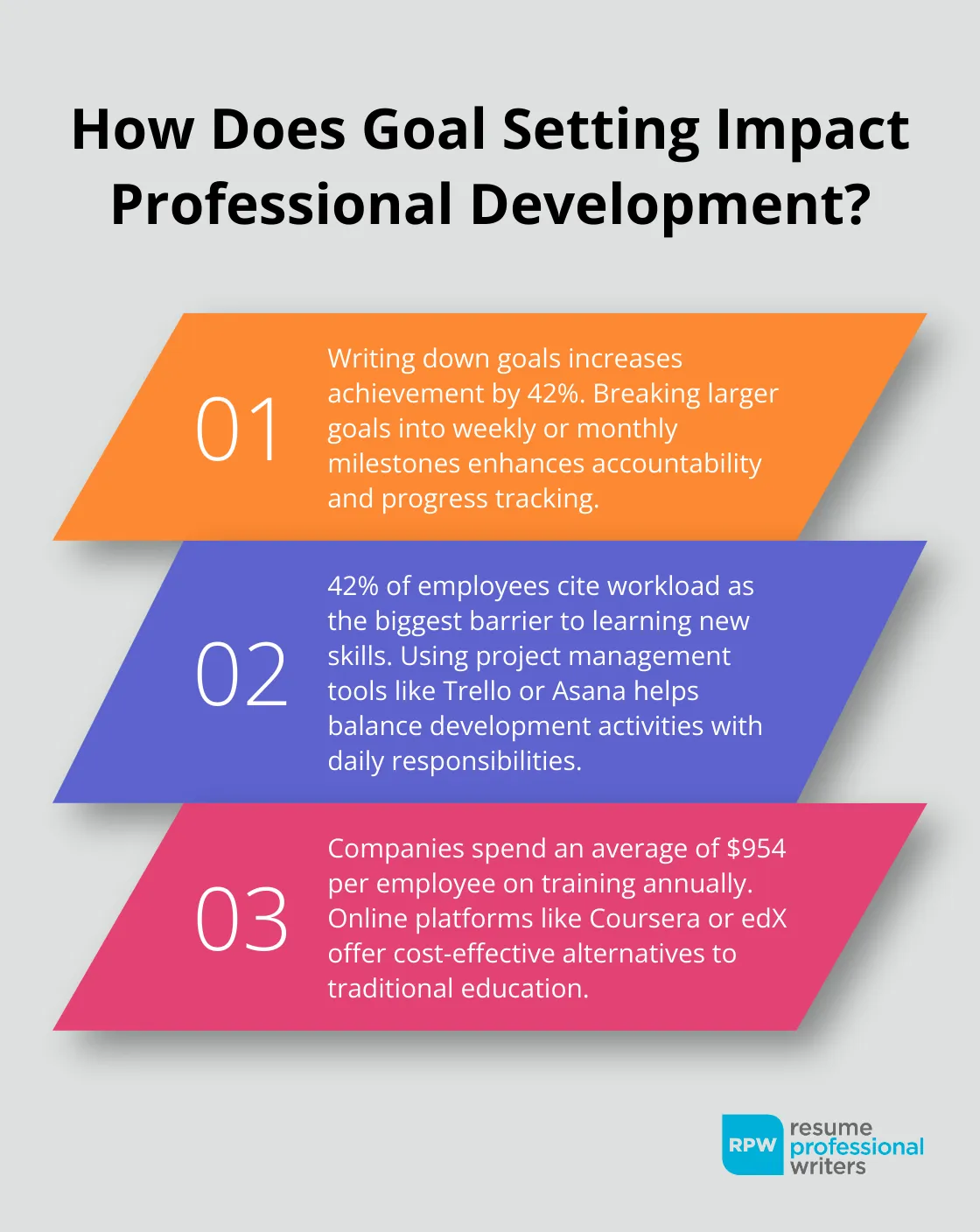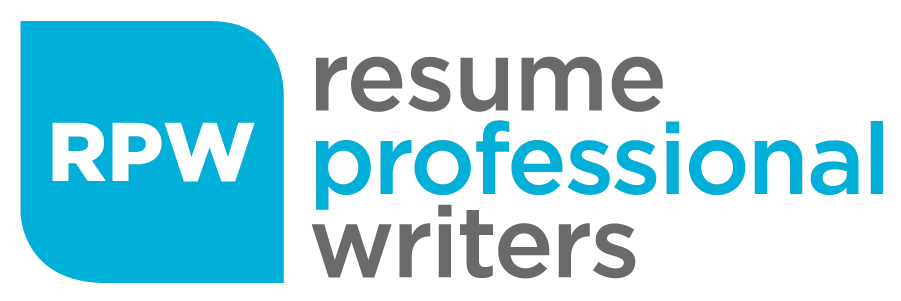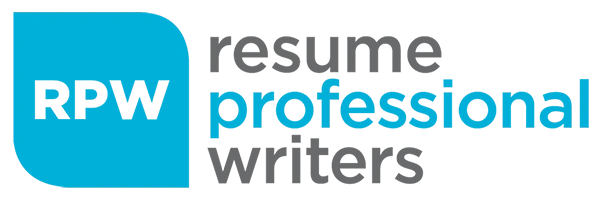We understand the importance of continuous growth in your career. A well-crafted professional development plan is the key to unlocking your full potential and achieving your career goals.
In this blog post, we’ll guide you through the process of creating an effective plan that aligns with your aspirations and industry demands. Get ready to take charge of your professional future and elevate your career trajectory.
How to Assess Your Current Skills and Career Goals
Evaluate Your Current Skill Set
Start by creating a list of your hard and soft skills. Hard skills refer to technical abilities specific to your job, while soft skills encompass interpersonal traits that enhance your work performance. A LinkedIn survey reveals that 92% of hiring managers consider soft skills equally or more important than hard skills.

Rate your proficiency in each skill on a scale of 1 to 5. This self-assessment requires honesty – it’s not about ego, but improvement. Seek input from trusted colleagues or mentors to gain a more objective perspective on your abilities.
Define Your Career Objectives
Look ahead and determine what you want to achieve in your career. Set specific short-term (1-2 years) and long-term (3-5 years) goals. Instead of a vague “get promoted,” try to “become a project manager in the marketing department within two years.”
The GROW model can help structure your goals:
- Goal: What do you want to achieve?
- Reality: Where are you now?
- Options: What could you do to reach your goal?
- Will: What will you do?
Identify Skills Gaps and Areas for Improvement
Compare your current skills with those required for your desired career path. This comparison will reveal your skills gaps. A World Economic Forum study found that 50% of all employees will need reskilling by 2025 due to the adoption of new technologies.
Research job descriptions for roles you aspire to and note the required skills and qualifications. This will help you prioritize which skills to develop first.
Consider emerging trends in your industry. For example, if you work in marketing, you might need to develop skills in AI-driven marketing tools or data analytics.
Seek Feedback and Mentorship
Don’t rely solely on self-assessment. Seek feedback from supervisors, colleagues, and mentors. Their perspectives can provide valuable insights into your strengths and areas for improvement that you might have overlooked.
Consider finding a mentor in your field who can guide you through your professional development journey. A mentor can offer industry-specific advice, share their experiences, and help you navigate career challenges.
Analyze Industry Trends and Future Skill Demands
Stay informed about the latest trends and future skill demands in your industry. Read industry publications, attend conferences (virtual or in-person), and participate in professional associations. This knowledge will help you anticipate future skill requirements and stay ahead of the curve.
As you complete your self-assessment and goal-setting process, you’ll have a clear picture of where you stand and where you want to go. This foundation will guide you as you move on to identify specific professional development opportunities that align with your career objectives.
Unlocking Professional Development Opportunities
Leverage Industry-Specific Training and Certifications
Research training programs and certifications relevant to your field. For instance, IT professionals might pursue CompTIA or Cisco CCNA certifications. These credentials can boost your marketability significantly. A 2023 Global Knowledge IT Skills and Salary Report found that 92% of IT professionals believe certifications positively impact their career.

Online learning platforms like Coursera, edX, or LinkedIn Learning offer courses from top universities and industry experts (often at a fraction of the cost of traditional education). Many provide certificates upon completion, which you can showcase on your resume or LinkedIn profile.
Tap into the Power of Mentorship and Networking
Mentorship is a powerful tool for professional growth. A study by MentorcliQ found that employees who participated in a mentoring program were 50% more likely to receive a promotion. Seek out mentors within your organization or industry who can provide guidance, share experiences, and help you navigate career challenges.
Networking is equally important. Attend industry conferences, join professional associations, and participate in online forums relevant to your field. These connections can lead to new opportunities, insights into industry trends, and potential job leads. A LinkedIn survey revealed that 85% of jobs are filled through networking.
Embrace Cross-Functional Projects and Job Rotation
Volunteer for cross-functional projects or participate in job rotation programs to broaden your skill set and gain valuable exposure to different aspects of your organization. This approach not only enhances your versatility but also demonstrates initiative to your employers.
For example, if you work in marketing, collaborate on a project with the sales team to gain insights into customer acquisition strategies. This cross-pollination of skills can make you a more well-rounded professional and open up new career paths.
Continuous Learning and Skill Development
Try to allocate time each week for learning new skills or improving existing ones. This could involve reading industry publications, watching educational videos, or practicing new techniques related to your field.
Many companies offer internal training programs or tuition reimbursement for external courses. Take advantage of these opportunities to expand your knowledge base and stay current with industry trends.
Seek Feedback and Performance Reviews
Regular feedback from supervisors and colleagues can provide valuable insights into your strengths and areas for improvement. Request performance reviews if they’re not already part of your company’s routine. Use this feedback to refine your professional development plan and focus on areas that will have the most significant impact on your career growth.
As you explore these professional development opportunities, you’ll build a solid foundation for creating and implementing your personalized plan. The next step involves setting specific goals and timelines to turn these opportunities into tangible career advancements.
How to Turn Your Plan into Action
Set Concrete, Measurable Goals
Vague objectives won’t lead to tangible results. You should create specific, quantifiable goals. For example, “Complete a leadership certification program within six months” or “Lead two cross-functional projects by the end of the year” provide clear targets to work towards.

A study by Dominican University found that people who wrote down their goals were 42% more likely to achieve them. Take this approach further by breaking down larger goals into weekly or monthly milestones. This strategy keeps you accountable and allows you to track progress effectively.
Create a Realistic Timeline
Ambition is admirable, but overloading yourself can lead to burnout and disappointment. You should be realistic about what you can achieve given your current workload and personal commitments. A survey by Udemy revealed that 42% of employees feel that workload is the biggest barrier to learning new skills.
You can use project management tools (like Trello or Asana) to visualize your timeline and track deadlines. These tools can help you balance your professional development activities with your day-to-day responsibilities.
Allocate Resources Wisely
Professional development often requires an investment of time and money. According to the 2023 Training Industry Report, companies spend an average of $954 per employee on training annually. If your employer offers a learning stipend or reimbursement program, you should take full advantage of it.
For self-funded development, prioritize high-impact activities. Online courses from platforms like Coursera or edX often offer certificates at a fraction of the cost of traditional education. Industry conferences can be expensive, but the networking opportunities and knowledge gained can prove invaluable. You should weigh the potential return on investment for each activity.
Time is also a crucial resource. You should block out dedicated time in your calendar for learning activities. Even 30 minutes a day can add up to significant progress over time. A study by Josh Kaufman, author of “The First 20 Hours,” suggests that you can learn the basics of a new skill in just 20 hours of focused, deliberate practice.
Review and Adjust Your Plan Regularly
Professional development is an ongoing process, not a one-time event. You should regularly review and adjust your plan as you progress and as your career goals evolve. This approach ensures that your efforts remain aligned with your current objectives and industry trends.
Take Charge of Your Professional Growth
A professional development plan empowers you to take control of your career trajectory. This powerful tool allows you to assess your skills, set clear goals, and actively pursue learning opportunities. You will position yourself for success in an ever-evolving job market through continuous learning and skill development.

The benefits of a well-crafted plan extend beyond career advancement. It increases your confidence, enhances job satisfaction, and creates new opportunities. Your initiative and commitment to professional growth will impress employers and set you apart from your peers.
We support your journey with expert resume writing services. Our team will help you showcase your newly acquired skills and achievements, giving you a competitive edge. Start crafting your professional development plan today and take the first step towards a more fulfilling career.








